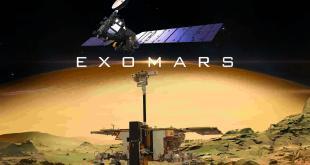![]() Paris, 17 November 2020. – A human error in the integration of the fourth stage seems to be a likely reason for the loss of the Vega mission VV17 from Kourou Monday night, Arianespace said.
Paris, 17 November 2020. – A human error in the integration of the fourth stage seems to be a likely reason for the loss of the Vega mission VV17 from Kourou Monday night, Arianespace said.
Initial investigations, conducted overnight with the available telemetry and production data, led to the assumption that “a problem related to the integration of the fourth-stage AVUM nozzle activation system” was the most likely cause of the loss of control of the launcher, Arianespace said.
The company indicated “a series of human errors” and a “production and quality issue”, “not a design one”; two cables connecting the thrust vector control of the fourth stage seem to have been inverted.
The Vega started to tumble eight minutes into the flight on Monday night and immediately after ignition of the fourth stage. “The launcher fell in a completely uninhabited area close to the drop zone planned for the Zefiro 9 stage”, Arianespace said.
Arianespace and the European Space Agency (ESA) set up an independent Inquiry Commission jointly chaired by Daniel Neuenschwander, Director of Space Transport at ESA, and Stéphane Israël, Arianespace Chief Executive Officer.
“The Commission will provide detailed evidence to explain why steps were not taken to identify and correct the integration error,” Arianespace said, “and formulate a road map for the Vega’s return to flight under conditions of complete reliability.”
The Vega mission was to carry two publicly funded European satellites, SEOSAT-Ingenio from ESA and Taranis from France, into orbit. Both spacecraft were lost.
The Avum (Attitude Vernier Upper Module) upper stage is developed by the Italian firm Avio with an engine built in Ukraine.





